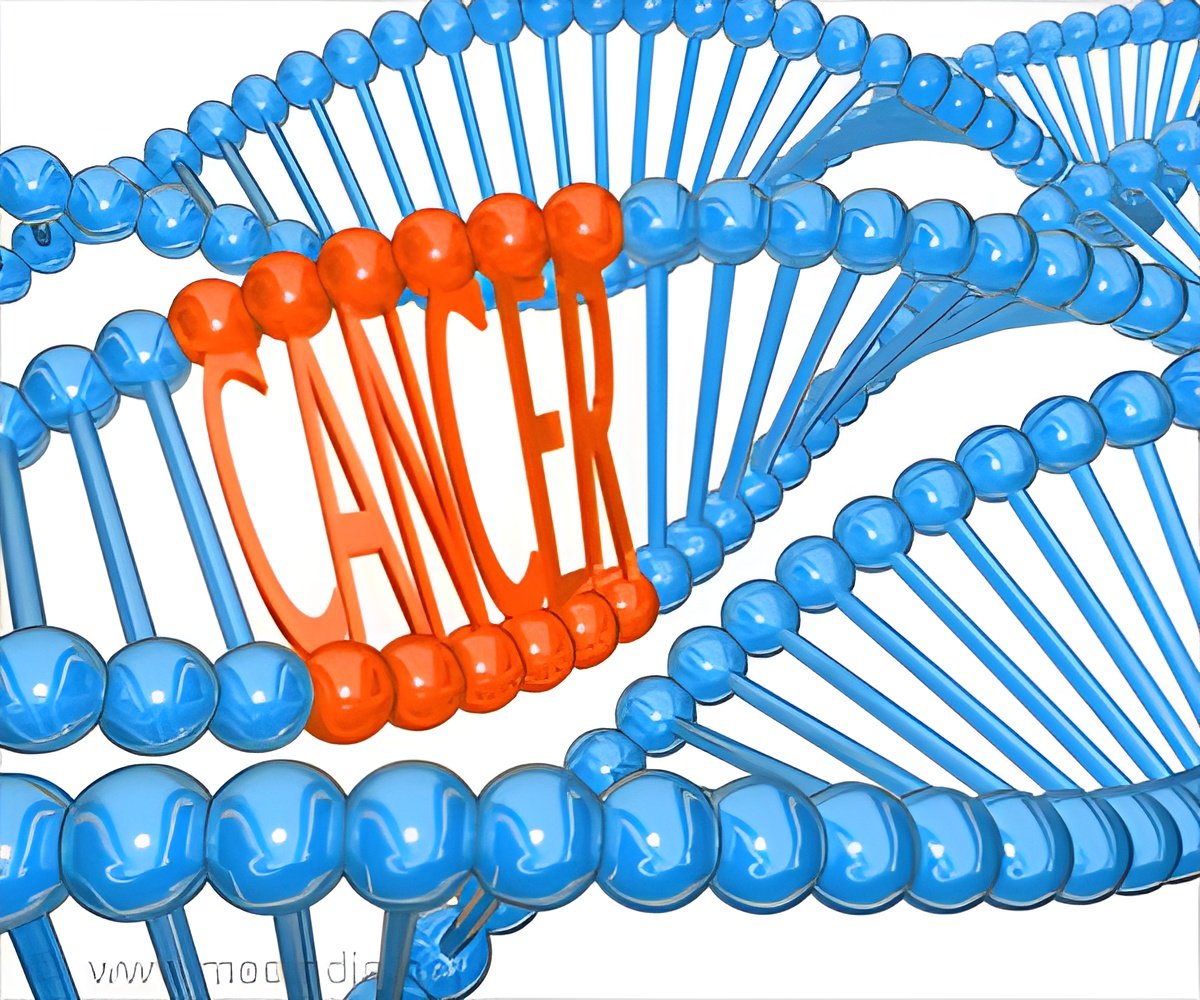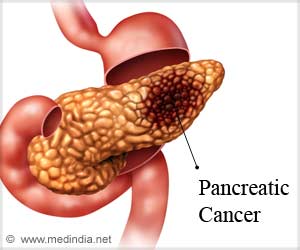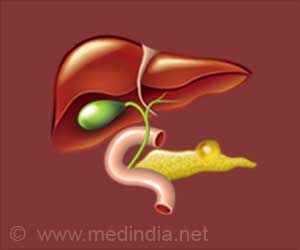
‘Even after the emergence of recent new targeted agents and the use of multiple therapeutic combinations, no treatment option is viable in patients with advanced cancer.’
Tweet it Now
The almost uniform and threatening lethality of pancreatic cancer originates in its stem cells. These pancreatic cancer stem cells (PCSCs) are resistant against even the most aggressive treatments, which makes the search for new and powerful drugs indispensable. A very promising compound class are naturally occurring cyclic depsipeptides, peptide rings that contain one or more ester bonds in addition to peptidic amide bonds. Cyclic depsipeptides are found in a variety of organisms such as fungi, bacteria, and marine organisms and were shown to exert a diverse spectrum of biological activities including and anticancer performances. But how to do testing without material? The natural products are so rare they cannot be isolated in enough quantity, and their synthesis is hampered by a very complicated chemical structure. Furthermore, it is even not completely clear which parts of the molecule are the actual therapeutically active sites, least their mechanism of action.
A team of scientists around Liang Wang and Yue Chen from Tianjin Key Laboratory of Molecular Drug Research at Nankai University, China, has apparently made an end to that. Applying themselves to the task of total synthesis of a depsipeptide with the very technical name BE-43547A(2), which has a structure featuring different kinds of joints of the subparts, three chiral centers, and two double bonds, the scientists finally achieved its synthesis over 15 linear steps. They even produced the relatively large quantity of more than one-third of a gram of pure material--enough to perform first laboratory tests on its anticancer performance in comparison with other drugs and to investigate its structure-activity relationship.
The scientists found that the compound's anticancer activity was far better than that of several established drugs including two components that are already in clinical trial against PCSCs. BE-43547A(2) reduced the percentage of pancreatic cancer stem cells 21-fold relative to the control and abolished the tumor-initiating capability of the cells. "All of the biological assays indicate that BE-43547A(2) can selectively ablate pancreatic cancer stem cells," the scientists reported.
Furthermore, they established which sites in the molecule are the pharmacologically relevant ones since molecules synthesized with slight differences in these sites were not active. These important results directly point to the next task, which is to determine the still unknown mechanism of action. The successful synthesis of BE-43547A(2) may be a decisive step in the ongoing fight against pancreatic cancer.
Advertisement















